Tagliere: How To Create an Aosta Valley Cheese Board
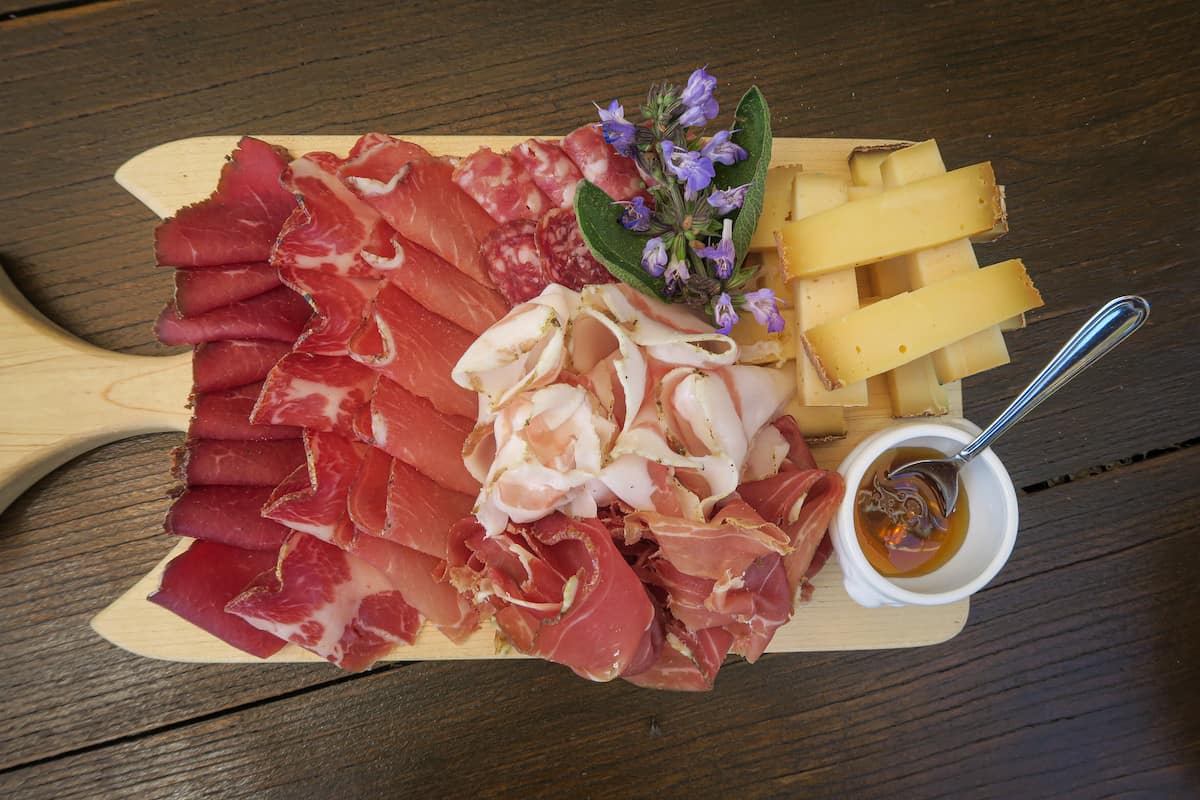
With more vaccines in arms and the loosening of mask mandates, outdoor entertaining is booming. If you’re planning to host a post-pandemic get-together with friends or family, adding an Italian flair is always a people-pleaser.
The food TV series Le Petit Tour on MHz Choice showcases the artisanal food products and producers of Italy’s Aosta Valley, which borders France and Switzerland.
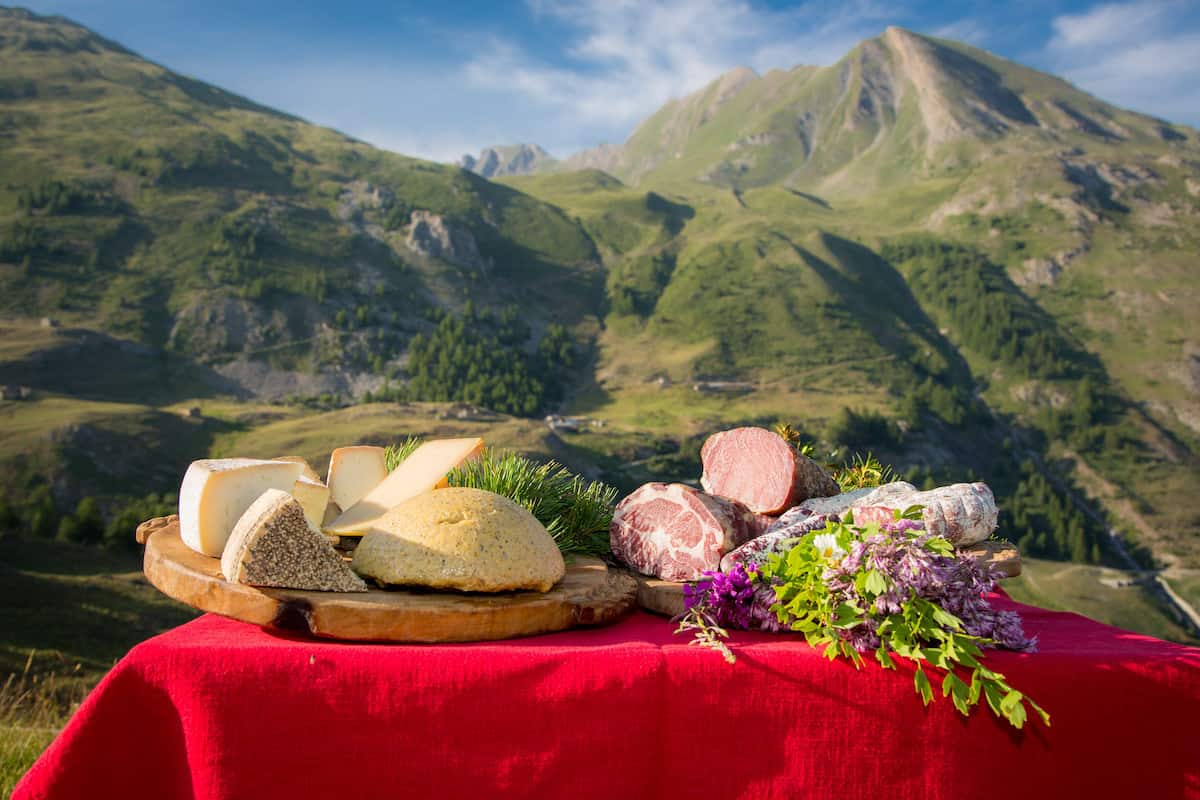
Watching these food-rich episodes may inspire you to invite friends for aperitivi (drinks) and tagliere (meats and cheeses), an impressive union of pre-dinner cocktails and nibbles.
The Italian tradition of aperitivo and tagliere
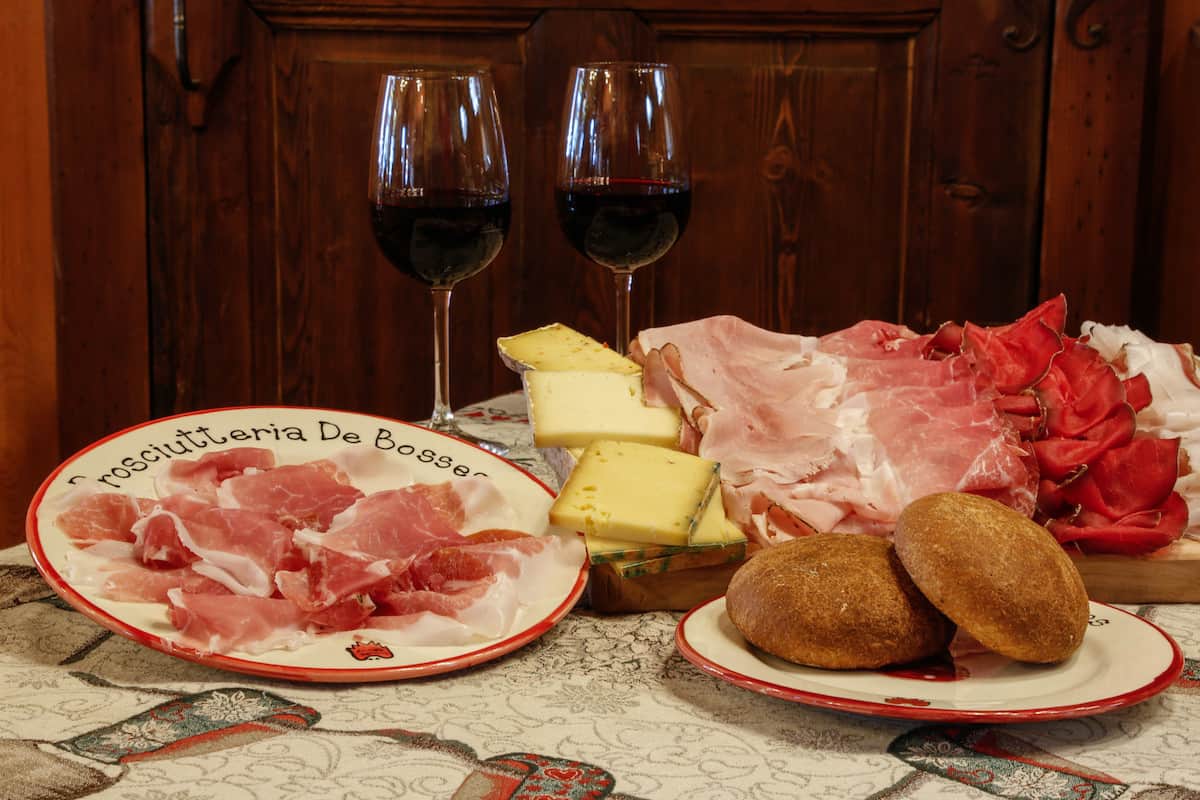
The custom of sharing an appetite-stimulating aperitivo started in Piedmont (the region adjacent to Aosta) in the late 1700s. But it took root (traveling north to south) across most of Italy by the 1990s. Spearheaded by the soaring popularity of the Aperol Spritz, it leaped across international borders and is now trendy in cities worldwide.
To clear up possible confusion: The term (aperitivo) refers to both the drink consumed, usually a sparkling wine or wine cocktail, as well as the social ritual of a convivial meeting over drinks and nibbles.
Cheese boards (in Italian, called tagliere (s), taglieri (pl) play a starring role in this tradition—topped with a variety of cheeses, cured meats, and other specialty food products. (In Italian, the literal translation of tagliere is cutting board.)
The boards can be ordered in restaurants before dinner or are often included in the price of a drink at many bars during aperitivo time (usually after sunset). Because the boards are eye-catching and relatively easy to make, they are great for in-home entertaining.
The composition of a tagliere varies from region to region (and sometimes, even from town to town)—because they reflect local products—thus, offering travelers an easy and unique opportunity to savor regional food and specialty products.
Tagliere: The Cheese Board Aosta Valley-Style
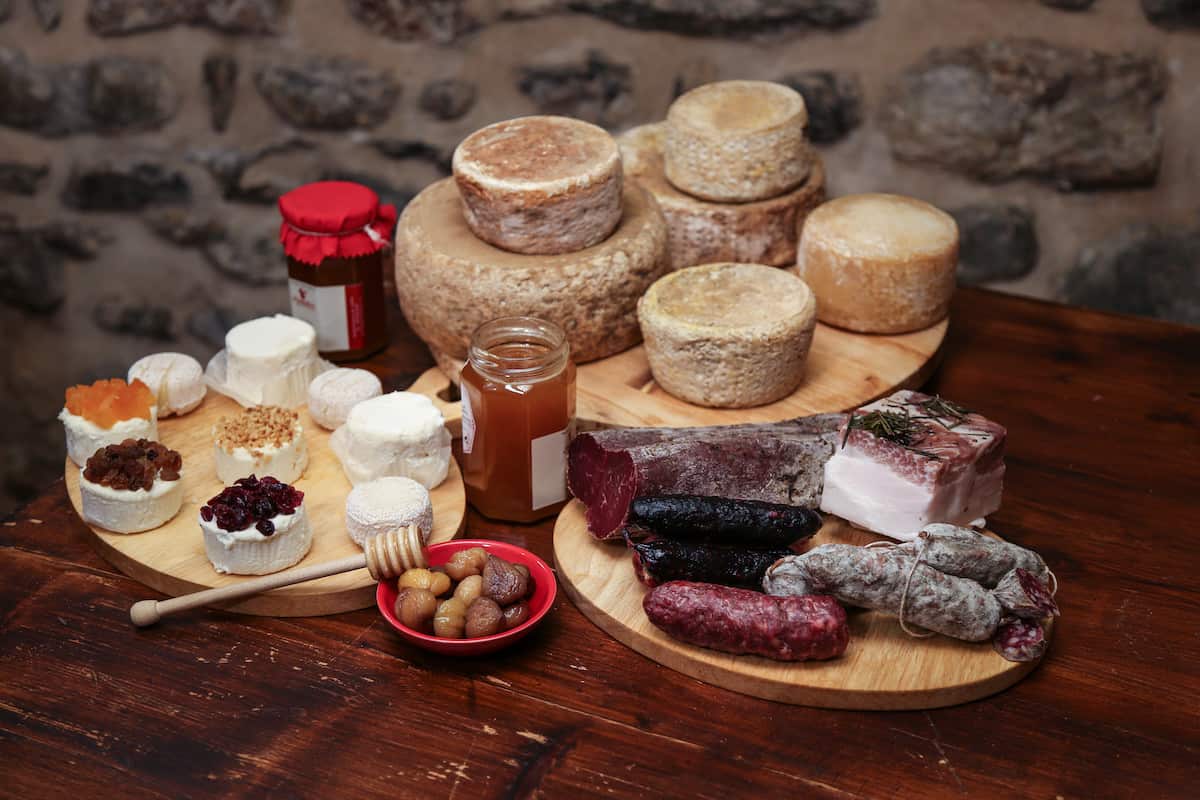
Most rules on assembling cheese boards are pretty generic, but the ingredients that give a board its personality and flavor. Here are a few basics:
1 – Choose a foundation
Choose a cutting board or platter that seems to be the right size for your group. In selecting one, you also need to consider the number and type of food products you will serve.
The board can be of any shape or composition. Many people prefer the rustic look of wood or slate boards, but any attractive platter will do. In keeping with the ethos of the aperitivo, relax.
“Even if you serve it on a plate, it’s still a tagliere,” says Ignazio Podda, a chef born and trained in the culinary arts in the Aosta Valley.
2 – Select the products
“The goal is to aim for high-quality products and variety,” says Podda. Outside of Aosta, home cooks may be challenged sourcing many of these bespoke products, even from mail-order Italian specialty retailers.
Use the internet and local specialty growers to find as many authentic (DOP) products as you can and fill in the rest with close cousins. Remember that every tagliere is always one-of-a-kind, and your guests will be forgiving even if everything isn’t perfect.
THE MEATS
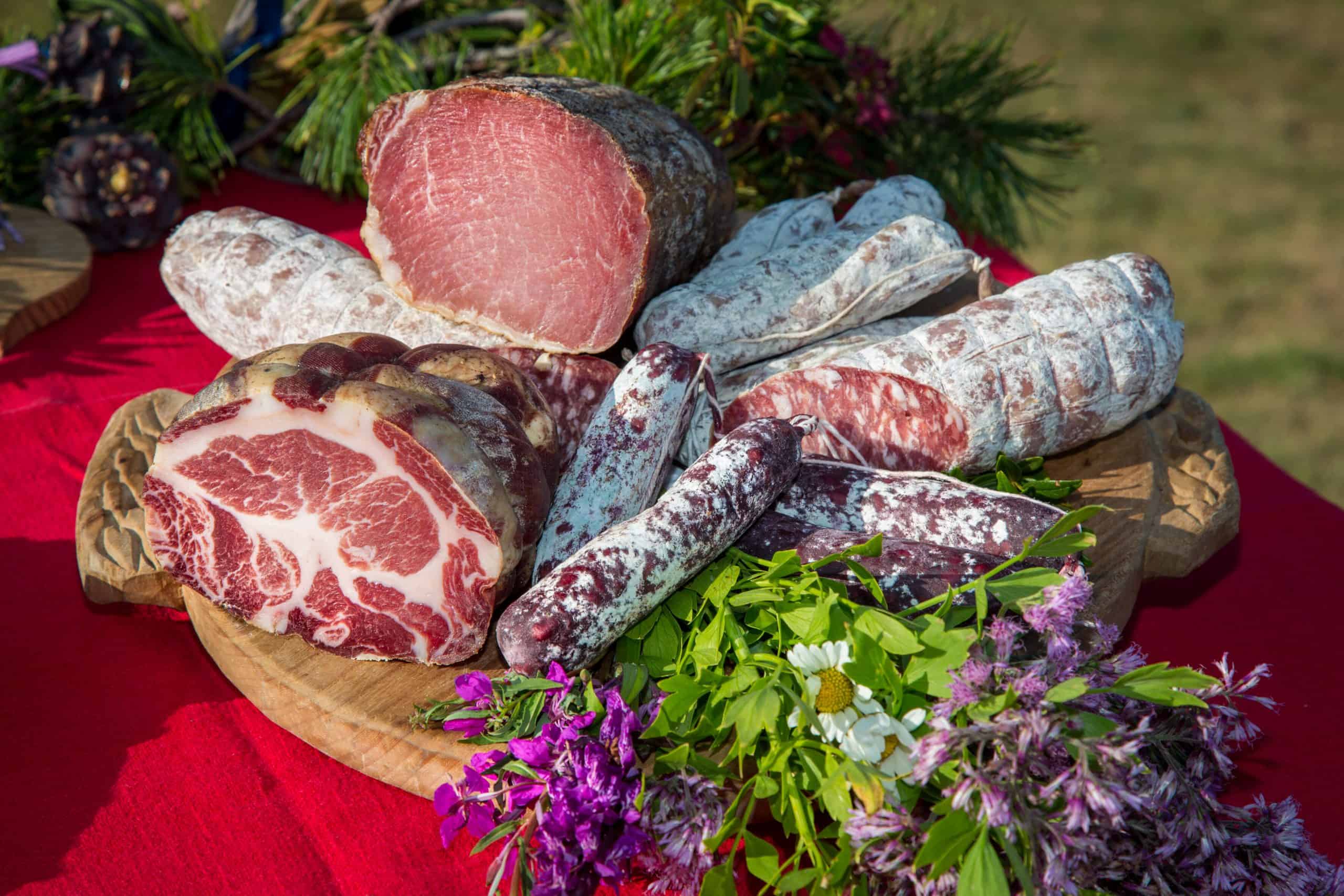
Auberge de La Maison is a 4-star resort in Courmayeur (Aosta) with spectacular views of Mont Blanc. The property and its onsite restaurant, L’Aubergine, are managed by Alessandra Garin, a third-generational hotelier. Garin’s suggestions for the traditional meats on an ultimate Aosta Valley tagliere include:
- Vallée d’Aoste Lard d’Arnad DOP – highly-prized, seasoned lard that comes from the back of special pigs; it tastes sweet and melts in the mouth
- Vallée d’Aoste Jambon de Bosses DOP – a cured ham with a protected designation of origin that comes from the hills of Malatra, Citrin, Serena and Gran San Bernardo; it has a delicate, aromatic flavor from the seasoning
- Motzetta – dried meat of beef, chamois, deer or boar; although it appears tough, it is tender and tasty
- Boudin – blood sausage, once considered a food of the poor, is now considered a delicacy; it is one of the most traditional tastes of Aosta
- Saousseusse – a spiced sausage prepared with minced meat of ‘Val d’Aosta’-breed beef and pork lard
- Jambon Cuit Saint-Oyen – a barbecued, slightly smoked ham cooked on the spit and fired with woods from the High Valley of Gran San Bernardo
- Teuteun – pressed, pickled cow udders that are an exclusive specialty of Val d’Aosta
The meats are always sliced thinly and, depending on the variety, sometimes cut in cubes.
THE CHEESES
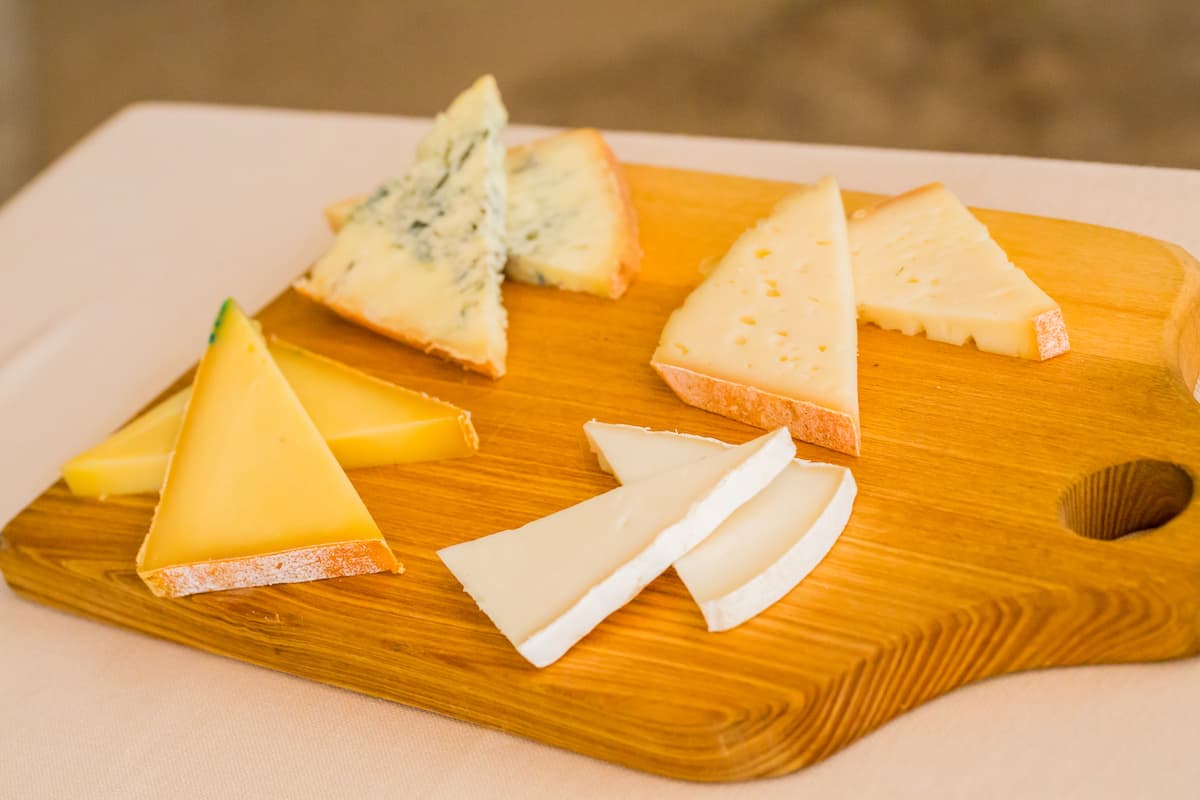
In terms of cheese, the Aosta Valley produces more than 100 different varieties of cheese, most made by hand by small producers. Chef Podda suggests using different categories of cheese for variety: soft cheese, hard cheese, blue cheese, sheep or goat cheese.
- Fontina, of course, is the most popular Aosta DOP cheese product
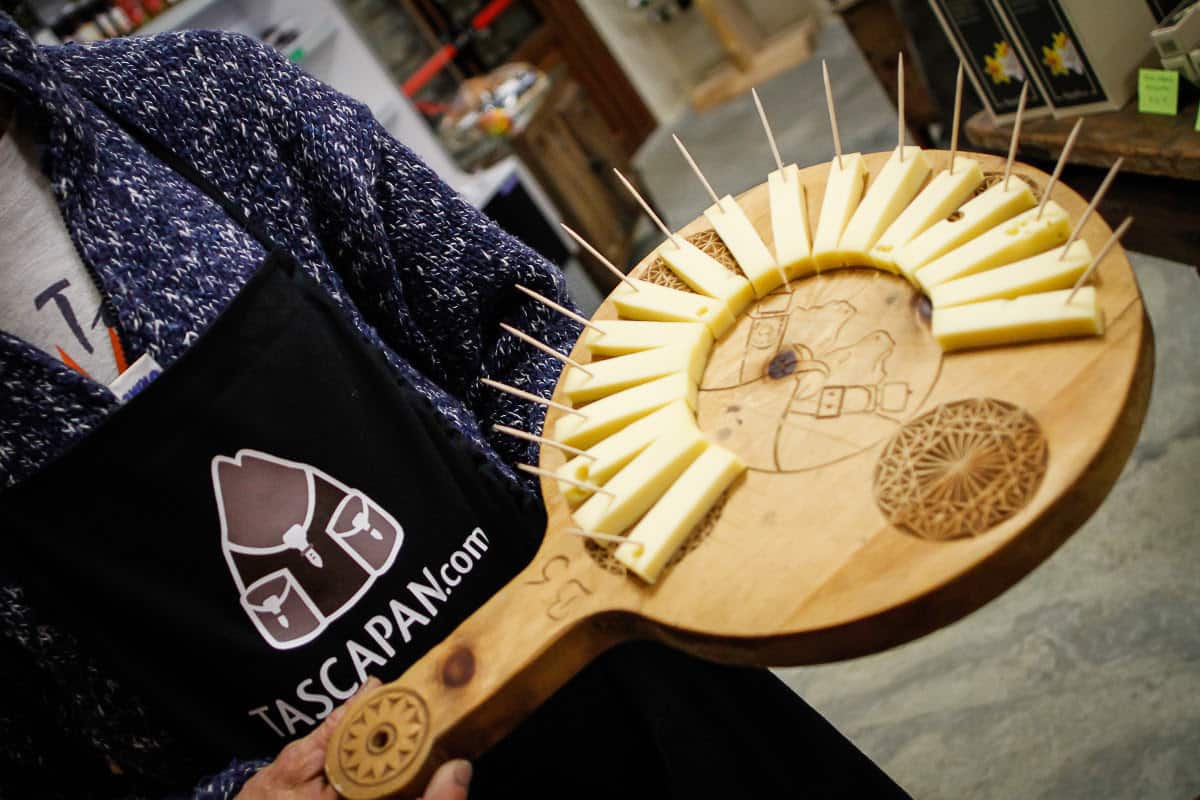
- Beaufort Chalet d’Alpage, an Alpine cheese in the Gruyere family, made and matured at high altitudes just across the border in France
- Alpine goat cheeses, like Formaggio di Capra and Fromage de Chevre, from Italy and France, respectively
- Gressoney Toma, a savory hard cheese, is also a popular choice.
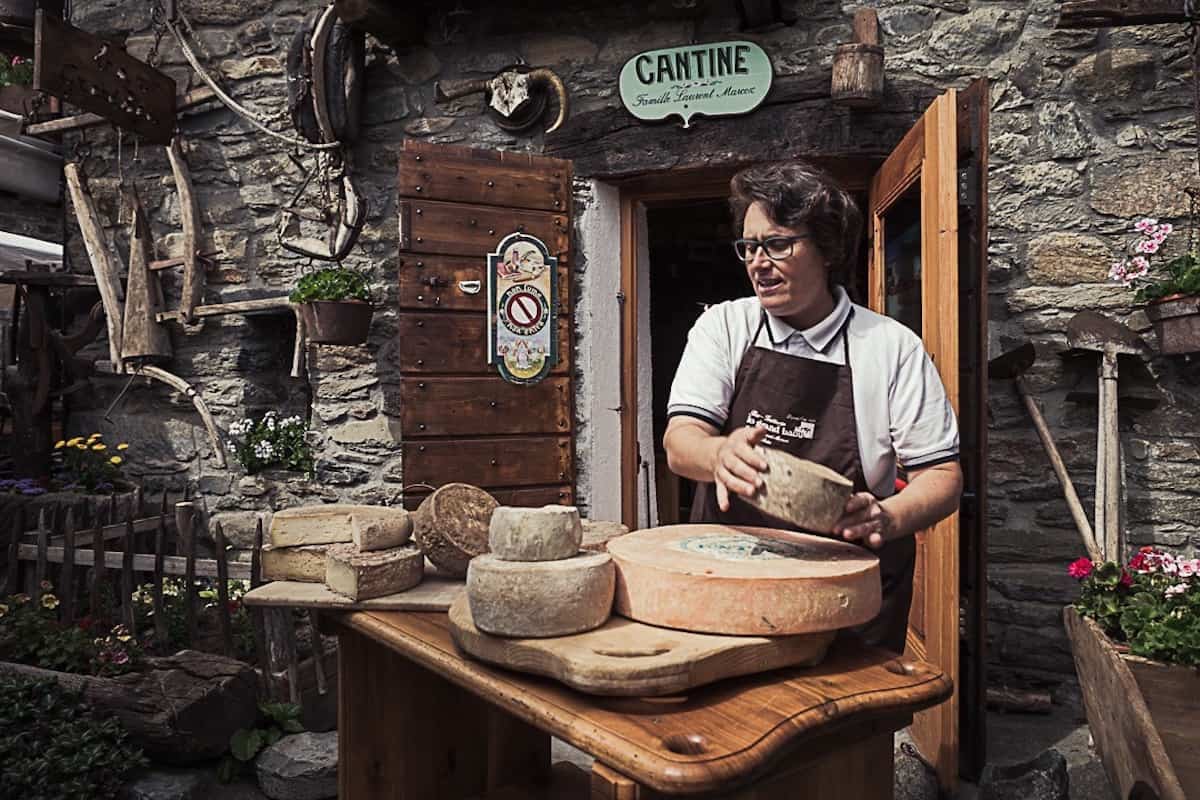
You can find excellent suggestions and descriptions of these and other cheese products at the Official Tourism Site of the Valle d’Aosta.
3 – Other suggestions from Chef Podda

We asked Chef Podda for additional tips on putting it all together. He suggests using a minimum of three types of cheese and three different kinds of meat for a mix of tastes. “But it can be considerably more than that,” he says.
To preserve the artisanal look or the platter, he leaves the skin on the meats and never cuts the crusts off the cheeses. “You are displaying something beautiful, lovingly made by hand,” he says.
How much of each? “I prefer odd numbers like 3, 5 and 7. “Maybe that’s just me but there is a superstition that says never ever use 4. It makes the arrangement look like a cross and could be considered ill-mannered.”
“I place the meat down first to make it look good,“ he says. “Not an absolute rule. But I generally start with that because it takes up the most space.”
Cheeses come next. “They usually differ in texture, size, and appearance, which is appealing to the eye and tempts the senses. I cut them in different shapes if the cheeses are similar.”
He then finishes the board with the smaller things such as crackers, olives, fruits, nuts and bread. To stay authentic to Aosta, always Pane Nero, says chef Podda. “Black bread is a must. In terms of jams or preserves, the chef prefers natural Aosta Valley honey and mostarda, a candied fruit mix with mustard seeds.
And chestnuts. “Dried chestnuts, reconstituted and caramelized with honey,” he says, “I would always put chestnuts on an Aosta platter.”
“I wouldn’t build it with colors in mind. That would be wrong,” he adds. “Taste must always be the primary focus but once I see what I have on the board I play with the colors or the hues, arranging them for the sake of appearance.”
The aperitivi
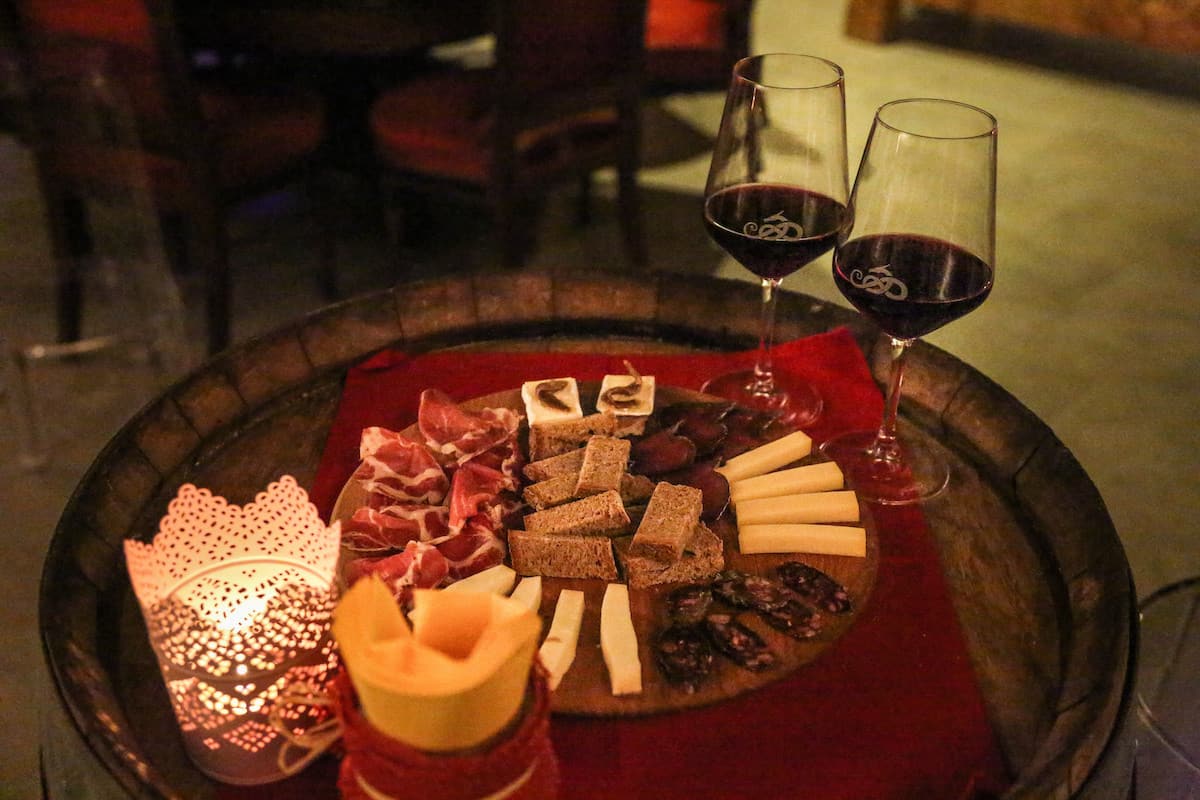
We asked the chef what drinks pair well with an Aosta cheese board.
“To be honest the traditional red wines of Aosta can hold up to all meats and cheeses, and sparkling wines made from red grapes are also very good,” he says.
Le Petit Tour host and sommelier Mathieu Champretavy agrees. “I would drink a glass of 100% Petit Rouge,” he says.
At Aubergine Restaurant, diners might enjoy Rodzo de Filippo, says Garin. “This red wine of our grand-father Filippo Garin, recalls the story of a hero riding his tractor who taught his granddaughter the importance of taking care of the vineyards as well as of people.”
Just do it!
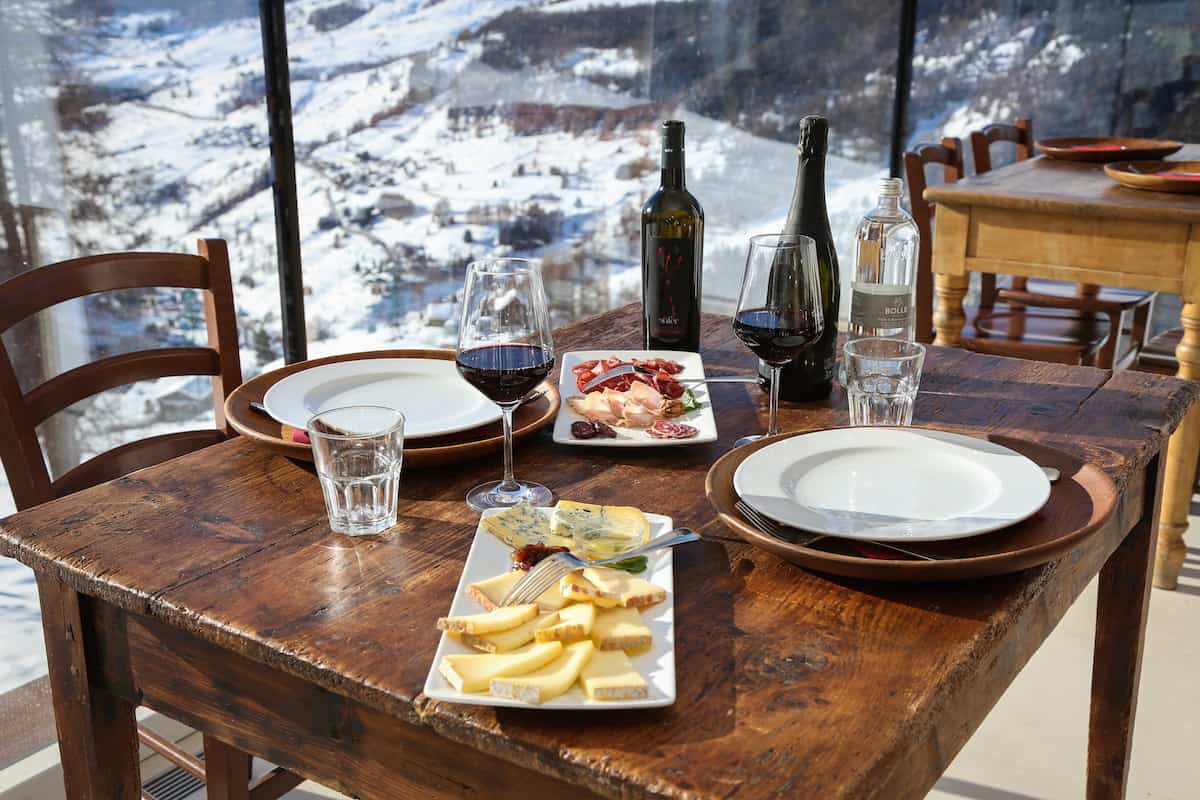
Are you ready to create a board of your own fancy? You don’t have to be bound by rules. Rather, let your taste buds and imagination take over. After all, the tradition of aperitivo and tagliere is relaxed and informal!
A tagliere encourages people to eat at a slow pace, savoring one or two pieces at a time while sipping good wine and enjoying the company they’re with.
Like the Valle D’Aosta fondue and the traditional Valdostane coffee (served in a “friendship cup”), you’ll discover that the wonderful food products of the Aosta Valley have a unique ability to bring people together.
Watch the series trailer
- You can visit L’Aubergine restaurant virtually in Episode 1 of Le Petit Tour.
- You can catch a glimpse of a cheese board in Episode 4 of the series.
Disclosure:
The author was commissioned to write a series of posts about Le Petit Tour but any opinions expressed in this post are her own.
Previously on More Time to Travel:
- Le Petit Tour: Behind the Scenes of A New Food Travel Series
- Why Chefs and Foodies Fall in Love With Fontina
- Wines of the Aosta Valley: Come Sip and Savor
- Savoring the Flavors of the Aosta Valley on Le Petit Tour
- Discover the Aosta Valley: A Unique Corner of Italy
Save to Pinterest!!
For Cheese Lovers Only!
Read my posts about Northern Italian Cheeses and Stracciatella Cheese from Puglia:
Five Great Northern Italian Cheeses Make A Perfect Aperitivo

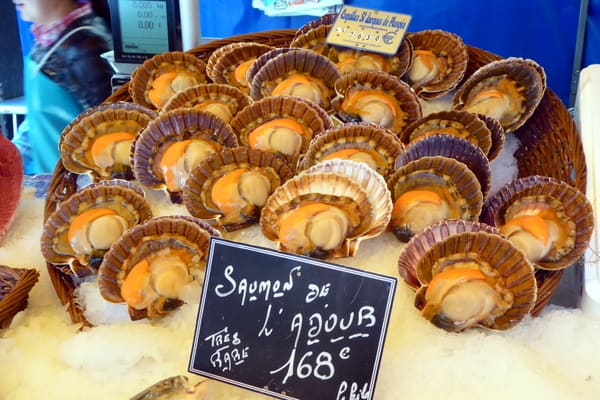
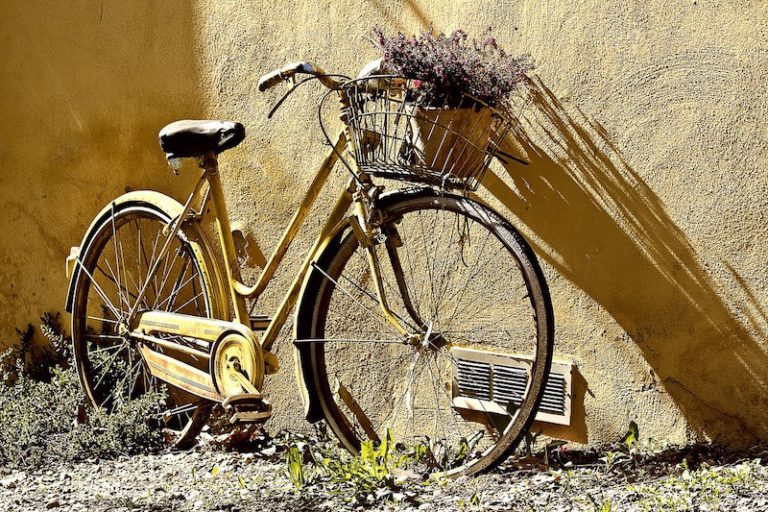
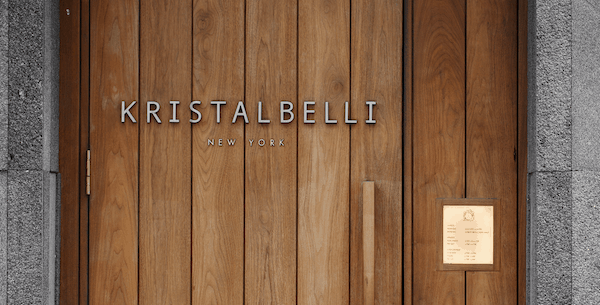
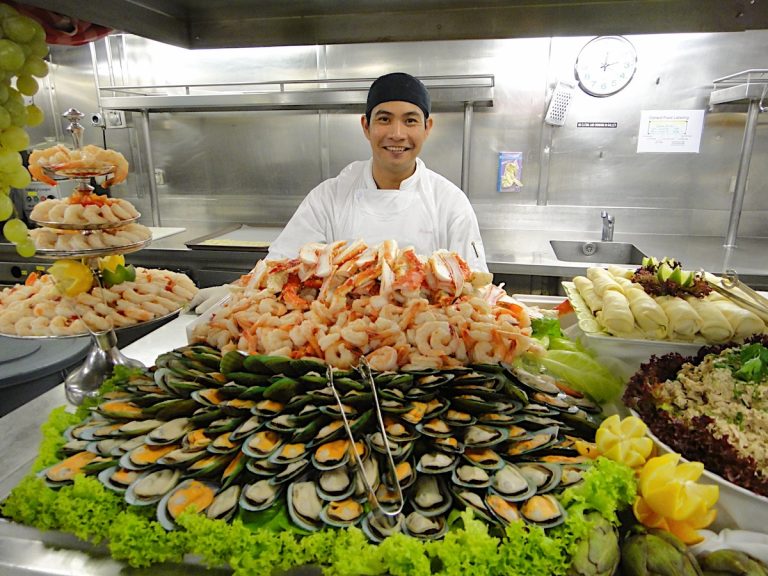
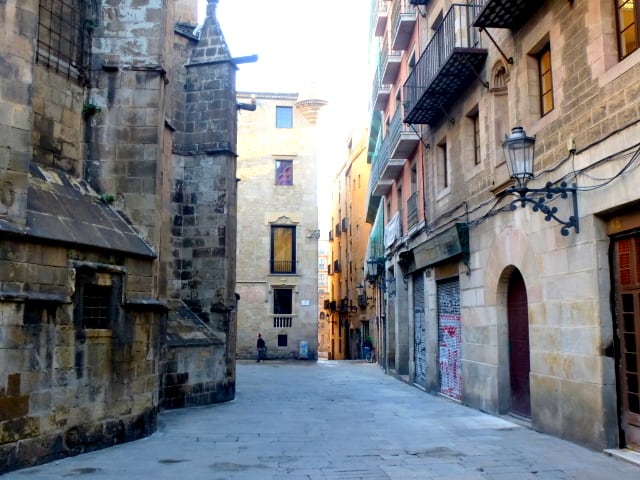
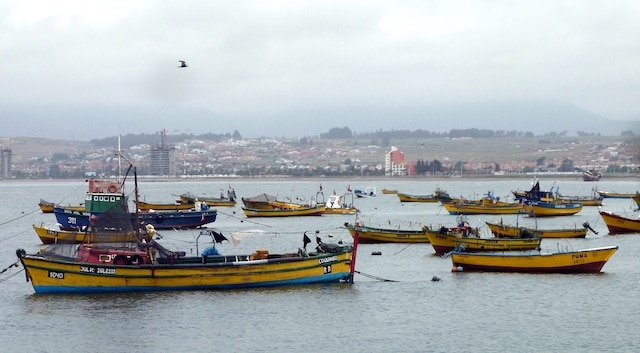
Thx for this delicious post, Irene. I’ve not previously heard the term taglieri before, but that is certainly how I like to entertain and be entertained!
Me too! So informal and relaxed~